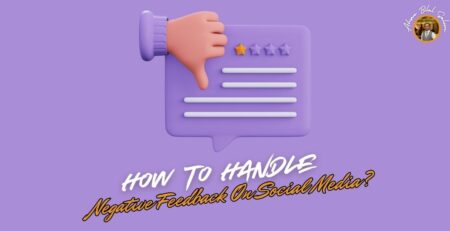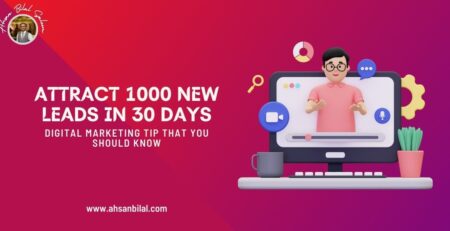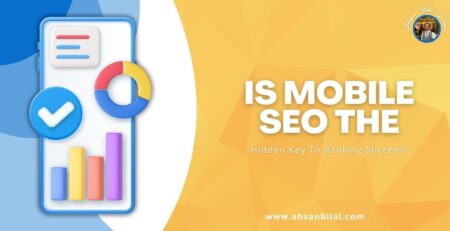5 Differences Between SEO And SEM You Should Know
In the digital marketing landscape, SEO (Search Engine Optimization) and SEM (Search Engine Marketing) are often mentioned together, leading to some confusion. While they share common goals of increasing visibility and driving traffic to websites, they differ significantly in their approaches, strategies, and outcomes. Understanding these differences can help you better allocate your resources and develop more effective marketing strategies. Here are the five key differences between SEO and SEM you should know.
1. Definition And Scope
SEO: SEO focuses on optimizing your website to achieve higher organic (non-paid) search rankings on search engines like Google. This involves various tactics, including keyword optimization, content creation, on-page SEO, technical SEO, and building backlinks. The primary goal of SEO is to improve the site’s visibility and attract organic traffic over time.
SEM: SEM, on the other hand, is a broader term that encompasses both SEO and paid search advertising (PPC). When people refer to SEM, they often mean PPC campaigns such as Google Ads. SEM involves bidding on keywords to display ads in search engine results, driving immediate traffic to your site. This approach combines paid efforts with some SEO principles to maximize visibility and traffic.
2. Cost Involved
SEO: SEO is often considered a cost-effective strategy in the long run. While there are expenses related to creating quality content, optimizing your website, and potentially hiring SEO professionals, the traffic generated is essentially free. Once your site ranks well, maintaining that position generally requires less financial investment compared to SEM.
SEM: SEM requires a continuous financial commitment. You pay for every click (PPC) that your ads receive, which means your visibility and traffic are directly tied to your budget. The cost can vary significantly depending on the competitiveness of the keywords you are targeting. SEM can provide quick results, but those results last only as long as you keep paying for them.
3. Timeframe For Results
SEO: SEO is a long-term strategy. It can require a long time to see huge outcomes, particularly in serious businesses. The process involves ongoing optimization and content creation to gradually improve rankings and organic traffic. However, once achieved, these results tend to be more stable and sustainable over time.
SEM: SEM can deliver immediate results. When your promotion crusades are live, your advertisements can begin showing up in web search tool results, and you can start directing people to your website right away. This makes SEM an excellent strategy for promoting time-sensitive offers, launching new products, or testing new markets quickly.
4. Visibility And Click-Through Rates (CTR)
SEO: Organic search results typically receive more clicks than paid ads. Many users trust organic results more, seeing them as more credible and relevant. Achieving a top position in organic search can therefore lead to higher click-through rates and more consistent traffic over time.
SEM: Paid search ads are displayed at the top of search engine results pages, often above the organic results. While this guarantees high visibility, the click-through rates for ads are generally lower compared to organic results due to ad blindness or user skepticism towards paid content. However, well-crafted ads with relevant keywords can still attract significant traffic.
5. Credibility And Trust
SEO: Organic search results are often perceived as more trustworthy and credible by users. Ranking organically indicates that your content is relevant and authoritative enough to earn a top spot without paying for it. This can enhance your brand’s reputation and user trust over time.
SEM: While SEM can drive traffic quickly, it doesn’t necessarily build the same level of trust as organic results. Users are aware that ads are paid placements, which can sometimes lead to skepticism. However, with effective ad copy and landing pages, you can still build credibility and encourage conversions through SEM.
Conclusion
Both SEO and SEM are crucial components of a comprehensive digital marketing strategy, each with its own strengths and ideal applications. SEO is best for building long-term, sustainable traffic and credibility, while SEM is perfect for achieving quick visibility and driving immediate results. By understanding and leveraging the unique benefits of each, you can create a balanced approach that maximizes your online presence and achieves your business goals.










